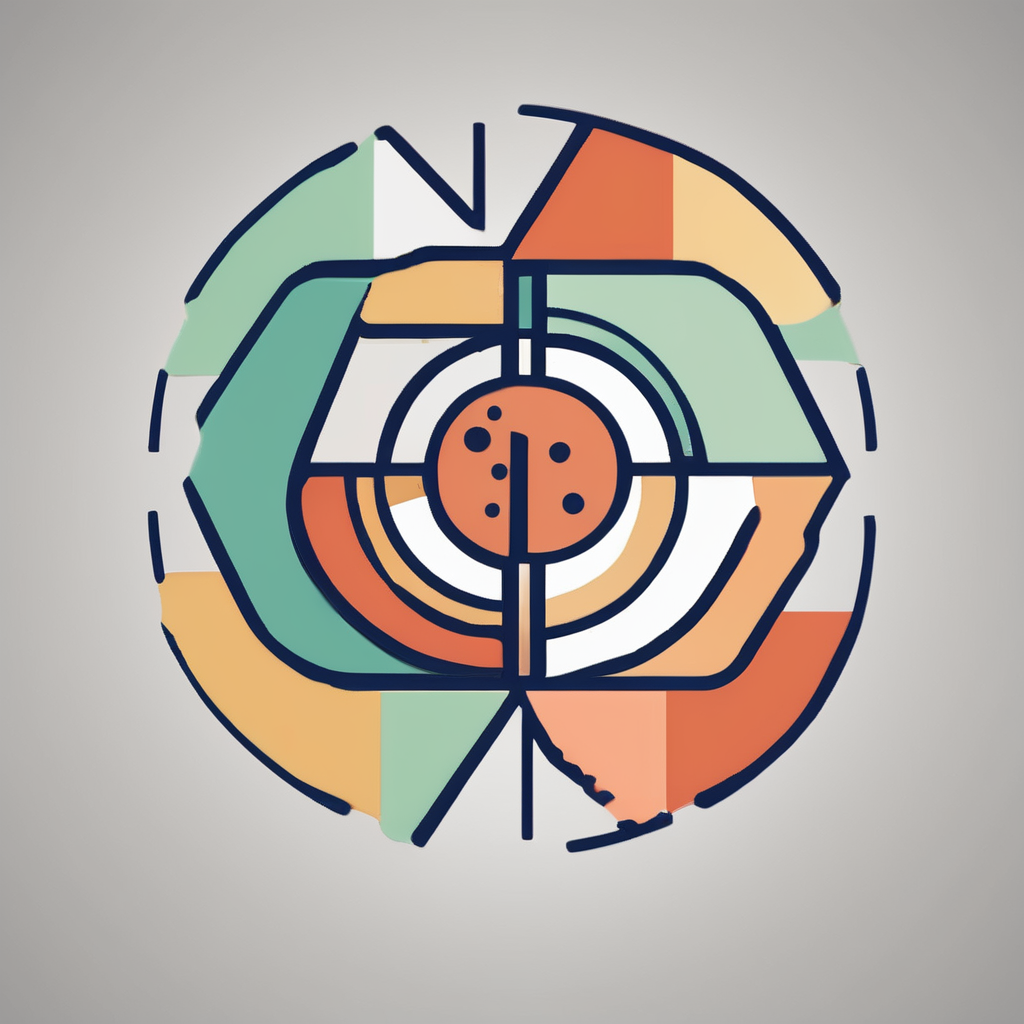Regime change in Iran intertwines deeply with questions of democracy and security, revealing a complex dance between political transformation and stability. Understanding this interplay requires examining Iran’s historical shifts, theoretical insights into democratization, and the varied outcomes such changes might bring. This perspective sheds light on how different scenarios could reshape Iran’s future, influencing both domestic freedoms and the broader regional balance, while highlighting the delicate trade-offs involved in pursuing democratic change under challenging conditions.
The historical context of regime change in Iran
Iranian political history reveals several pivotal moments that have shaped its current landscape. Notably, in the 20th century, Iran experienced significant regime changes that profoundly affected its governance and institutions. The 1953 coup d’état, which overthrew Prime Minister Mossadegh, was a critical turning point. This event, marked by foreign intervention, reversed moves toward nationalization and democracy, reinforcing monarchical power under the Shah. Subsequently, the 1979 Islamic Revolution replaced the monarchy with a theocratic regime, fundamentally altering the nation’s political structure and ideology.
Also read : Chamonix barnes: your gateway to luxury real estate
Examining these previous regime changes highlights crucial lessons for any future transitions. The 1953 coup underscored how external influences can disrupt domestic democratization efforts and weaken institutions intended to uphold democracy. In contrast, the Islamic Revolution’s aftermath demonstrated how revolutionary change can lead to a centralized power structure that resists pluralistic governance. These historical events emphasize the necessity of strengthening institutional frameworks and ensuring broad-based political participation to foster sustainable democratization in Iran.
When compared with other countries’ democratization examples, Iran’s experience underscores unique challenges and opportunities. Unlike some transitions driven by gradual political reforms or negotiated settlements, Iran’s regime changes have often been abrupt and tumultuous. Nonetheless, studying countries with successful transitions—where inclusive political processes and institutional resilience played central roles—provides valuable insights. These comparisons suggest that any movement toward democracy in Iran requires carefully designed strategies that balance historical awareness with pragmatic institution-building.
Topic to read : How Will Recent Policy Changes Impact the UK’s Global Standing?
A nuanced understanding of Iran’s political history, alongside lessons from global democratization, is essential for informing efforts toward a free Iran. For deeper study, exploring perspectives on free Iran offers a well-rounded basis for approaching regime change in ways that promote democracy and security.
Theoretical frameworks linking democracy, security, and regime change
Understanding the regime change theory provides crucial insights into the complex interactions between political transformation and security outcomes. At its core, regime change theory explores how replacing an authoritarian government with a democratic system can reshape a nation’s security landscape. The transition from authoritarianism vs. democratization is often contentious, but it holds significant promise for establishing lasting peace and stability.
Academics emphasize that democracy and security are intricately linked. Democratization fosters institutions that promote accountability, rule of law, and civil liberties, which in turn strengthen national security by reducing internal conflicts and grievances. However, the process of regime change can also introduce short-term instability, as power vacuums or resistance from entrenched elites challenge the new system. This nuanced relationship requires careful management to ensure that political shifts do not compromise security.
The impact of regime change extends beyond national borders. Transitions can alter regional dynamics, either enhancing cooperation or sparking tensions. For example, a democratizing country may align with other democracies, contributing to regional stability. Conversely, abrupt or poorly planned regime changes might invite external interventions or internal conflicts, undermining broader security.
In sum, the relationship between political change and stability is not linear but mediated by various factors such as institutional strength, public support, and geopolitical context. Recognizing these complexities helps in understanding why some democratization efforts succeed in securing peace, while others may exacerbate fragility. This framework encourages informed approaches that consider both the promises and risks of regime change in the pursuit of democracy and security.
For those interested in exploring these themes in the context of Iran, the discussion of a pathway to democracy and security is elaborated in depth under the framework of free Iran.
Potential scenarios for regime change and their impacts
Exploring pathways and consequences of transformation
When considering regime change scenarios in Iran, two primary models emerge: gradual transitions and abrupt shifts. A gradual regime transition involves a slow shift in political dynamics, often characterized by reforms, negotiated power-sharing, or incremental opening of authoritarian structures. This model tends to reduce the risk of violent upheaval and provides space for institutions to adapt, fostering a more sustainable political transition outcome.
In contrast, an abrupt regime change could result from sudden collapse or widespread uprising. While this may lead quickly to the removal of oppressive structures, the risks of instability and violence increase significantly. Rapid transitions often struggle with power vacuums, fragmented leadership, and uncertainty which can prolong conflict or invite external interference.
Understanding democratic security implications is crucial under both scenarios. For gradual transitions, security can be improved through reforms that include security sector restructuring and increased accountability, ultimately stabilizing both internal governance and regional relations. Abrupt transitions, while potentially offering swift regime removal, risk destabilizing not only Iran but neighboring countries, increasing threats such as militancy or aggressive state behavior during periods of uncertainty.
Therefore, the precise political transition outcomes depend heavily on the mode of regime change. A measured, reform-driven path is more likely to yield democratic progress alongside enhanced security. Conversely, sudden upheavals may ignite protracted instability before any lasting democratic gains are realized.
These scenarios highlight the complexity of achieving a free Iran with secure and democratic foundations. Each path holds unique challenges for Iran’s future and the broader region’s stability, emphasizing why careful strategic planning and international support for peaceful political evolution is essential.
Benefits and risks of regime change for Iranian democracy and security
Regime change in Iran presents a complex mix of pros and cons that directly influence the country’s democratization benefits and security risks. On the positive side, such a transformation often leads to increased political freedoms. Citizens may experience expanded rights to free speech, assembly, and participation in fair elections. This empowerment of civil society is fundamental to establishing a robust democracy where diverse voices contribute to governance.
However, the security risks associated with regime change cannot be overlooked. Internal unrest may escalate as different factions compete for influence in a newly emerging political landscape. This turmoil can weaken state institutions, leaving Iran vulnerable to external intervention. Historical examples demonstrate how power vacuums sometimes attract foreign involvement, complicating the path to stability.
Another critical aspect is the impact on minority rights and social cohesion. Democratization benefits often include broader protections for minority groups, fostering inclusivity and reducing systemic discrimination. Yet, if transitions are poorly managed, these groups might face increased marginalization amid political instability. Balancing these elements is vital for any regime change to yield sustainable improvement.
In sum, understanding the pros and cons of regime change requires a nuanced view of how political freedoms, security conditions, and social dynamics interact. Advocates for a free Iran must weigh these factors carefully, considering both the immediate challenges and the long-term potential for a democratic society to thrive while minimizing risks. For those interested in exploring these issues further, resources like the book free Iran offer detailed insights into the path toward democracy and security.
Stakeholder perspectives on regime change in Iran
Understanding the stakeholder analysis of regime change in Iran requires examining diverse viewpoints from internal actors, regional neighbors, and international powers. Each plays a crucial role shaping the potential for change and its consequences.
Internally, Iranian public opinion is complex and varied. While there is significant frustration with the current government, especially regarding economic hardships and limited freedoms, opposition forces remain fragmented. Civil society groups, though often suppressed, continue to push for reform and human rights. The government itself, meanwhile, prioritizes regime stability, using both political control and security measures to maintain power.
Regionally, neighboring countries and Middle East alliances watch Iran’s situation closely. Some nations fear spillover effects such as instability or increased influence by rival powers, while others see a chance to recalibrate regional balances. This dynamic influences how these countries approach the possibility of regime change — balancing concern for security with their geopolitical interests.
On the international front, key actors include the U.S., European Union, Russia, and China, each with distinct priorities. The U.S. often advocates for democratic reforms and has imposed sanctions aimed at pressuring the Iranian government. The EU promotes diplomatic engagement while cautiously supporting human rights aspirations within Iran. Russia and China tend to favor regime stability, largely to preserve their strategic and economic interests, resisting actions that might lead to sudden upheaval.
Together, these regional and international actors shape the broader context in which the Iranian populace and opposition navigate their quest for change. Balancing these perspectives is essential to understanding the full scope of Iran’s political landscape and the future possibilities it holds. Exploring these views also clarifies why regime change in Iran is not simply a domestic issue but one with widespread implications. For those interested in the broader quest for democracy and security in Iran, resources like free Iran offer deeper insights into the complexity of these interactions.
Policy options and international approaches to supporting democratic transitions
Exploring strategic tools and effective measures
Effective foreign policy tools are essential for promoting democratic transitions worldwide. Among these, diplomacy remains a cornerstone, facilitating dialogue between governments and opposition forces. Diplomatic engagement encourages peaceful negotiation, reducing the likelihood of violent conflict during transitions.
Democracy promotion often involves a careful combination of economic incentives and targeted sanctions. Economic incentives such as aid or trade benefits can motivate regimes to implement reforms, while sanctions focus pressure on key figures responsible for repression without harming the broader population. This dual approach balances encouragement and accountability.
Past international interventions provide valuable lessons. Over-reliance on broad sanctions can have unintended negative impacts, undermining local economies and popular support for democratization. Conversely, nuanced strategies that combine diplomacy, selective sanctions, and support for civil society tend to yield more sustainable outcomes. These experiences highlight the importance of tailoring foreign policy tools to each country’s unique context.
Ultimately, strategic use of sanctions and diplomacy aligned with robust support for democratic actors enhances the prospects for successful and peaceful democratic transitions. Encouragingly, innovative policies continue to evolve, drawing on these lessons to better support countries aspiring to democracy while fostering stability.









